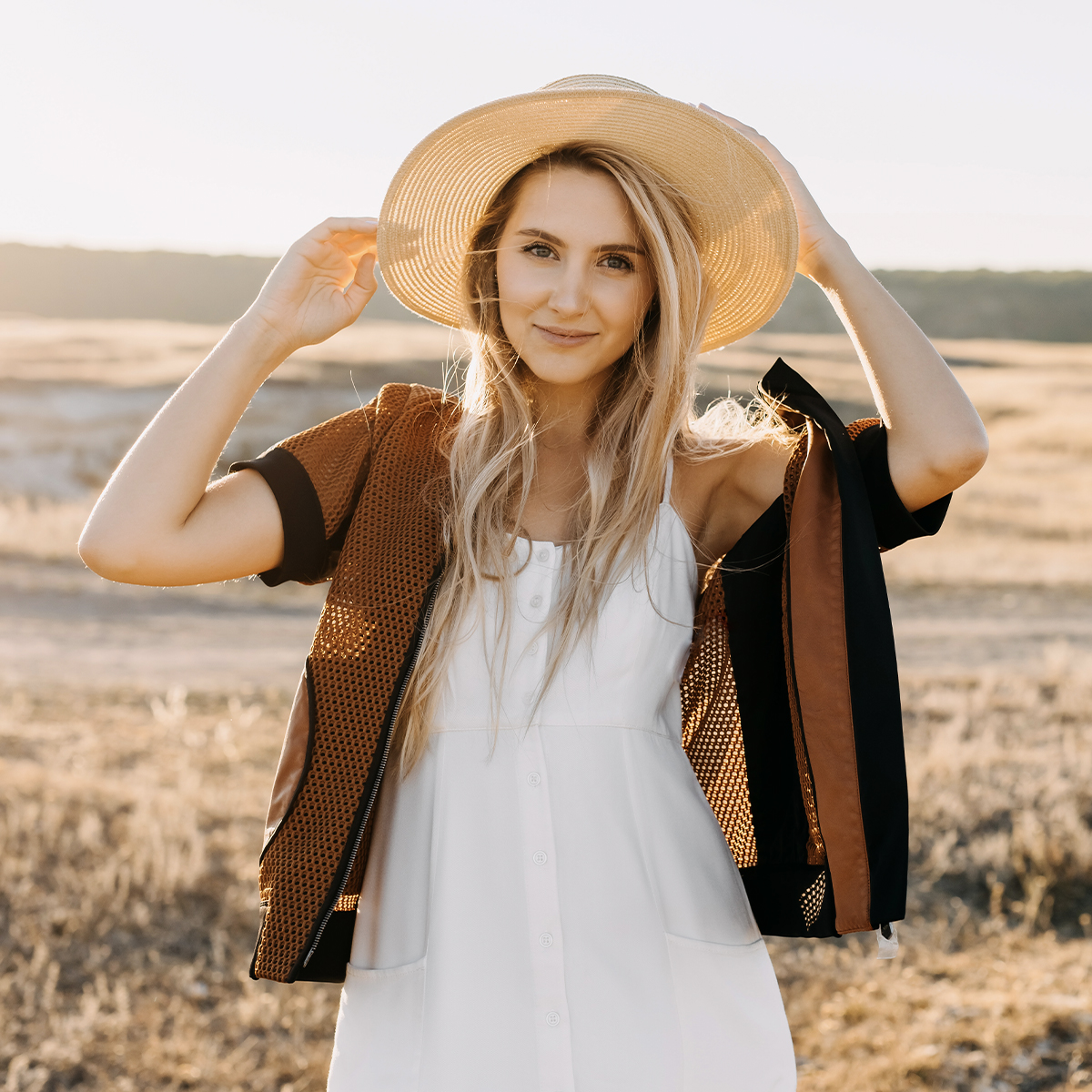What Can Rhinoplasty Treat?
Some of the most common reasons people opt for nose surgery are to remove bumps or deformations, change the nose’s size or shape, correct the nose’s angle, and bring harmony and balance to facial features.
Dr. Peterson uses rhinoplasty to treat one or any combination of these situations:
- A bump or hump on the nose
- A wide nose or too large nose
- A narrow nose or too small nose
- Indentations on the nose
- Large nostrils
- Upturned nose
- Asymmetrical nose
- Damage to the nose caused by trauma or injury
Rhinoplasty for a Deviated Septum
A deviated septum is a defect of the cartilage and bone that separate the nose into two nostrils. The rhinoplasty procedure can help to correct a deviated nasal septum and improve an obstructed airway.
Whatever your concerns about your nose, Dr. Peterson can help!
Deciding on a Nose Job
If you’re considering nose surgery or you’re ready for rhinoplasty, the first step is scheduling a consultation with Dr. Peterson. During this step, Dr. Peterson will take the time to examine your facial structure and physiological makeup of your nose to determine how rhinoplasty may help.
At your consultation, he will also listen to what you would like to change about your nose and the goals of your procedure. Then he’ll talk through whether they’re realistic and explain each step of the nose job surgical procedure.
Like with all plastic surgery procedures, it’s important to have reasonable expectations going into the procedure, as there is no such thing as the perfect nose. In addition to improving your nose’s appearance, the nose job procedure can make your nose more proportional to your face, enhancing your overall appearance.
During your initial consultation, Dr. Peterson will also review your overall health, discuss the risks and talk about the procedure’s recovery time.
What Happens During the Rhinoplasty Procedure?
The rhinoplasty nose job is usually done as an outpatient procedure and does not require an overnight stay in the hospital. You will get general anesthesia, which means you will be asleep through the operation and will not feel any pain.
In most cases, the rhinoplasty procedure is performed as a closed surgery, with incisions made inside the nostrils. You may require incisions across the nose’s base for more complicated issues; this is known as an open nose job procedure. Incision location and approach to the procedure may vary from patient to patient.
Next, the bone and cartilage are reshaped from the inside, or cartilage may be used from another area on the face or body to reshape the nose.
After the nose reshaping is complete, incisions are stitched closed.
The final result is a more enhanced and pleasing appearance.
Does the Rhinoplasty Procedure Leave a Scar?
If the procedure is performed as closed rhinoplasty, it does not leave visible scars. If the procedure is an open surgery, the incisions are often tiny and strategically placed to not be seen easily.
What Is Rhinoplasty Recovery Like?
Most rhinoplasty patients report minimal discomfort after their surgery. If you do have discomfort, it can generally be controlled with over-the-counter pain medication.
After the procedure, your nose will be splinted with an internal splint and an external splint to help support and protect the nose during healing.
In some cases, your nose may also be packed for stabilization.
External splints are generally removed within one week of the procedure. Most rhinoplasty patients are ready to return to work, school and their regular activities within one to two weeks — with some restrictions on heavy lifting and exercising.
You should expect some swelling and bruising after your procedure, which generally subsides within a few weeks. Note: It may take up to a year for your new nose to be fully defined, but you may notice gradual changes in how your nose looks along the way.
Before your procedure, we will give you instructions on how to care for your nose, what medications to take and how to reduce post-surgical complications and maximize results.
Are you ready for rhinoplasty or other facial surgery? Call board-certified plastic surgeon Dr. Peterson today at (785) 553-9012 to schedule your consultation.















